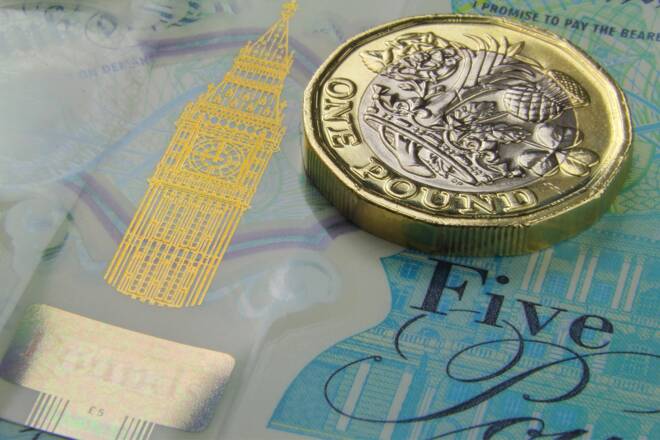Advertisement
Advertisement
GBP to USD Forecast: UK and US Services PMI to Impact Trends
By:
Preliminary private sector PMIs from the UK and the US could influence Q4 growth expectations, policy divergence, and the GBP to USD.
Highlights
- The GBP/USD surged 1.18% on Thursday, ending the session at $1.27663.
- Investors responded to the final Bank of England interest rate decision for 2023 and the MPC Meeting Minutes.
- Preliminary private sector PMI numbers for December are focal points for the Friday session.
The Thursday GBP/USD Overview
On Thursday, the GBP/USD surged by 1.18%. Following a 0.43% gain on Wednesday, the GBP/USD ended the day at $1.27663. The GBP/USD fell to a low of $1.26119 before rising to a Thursday high of $1.27937.
The UK Private Sector in the Spotlight
Preliminary UK private sector PMIs for December will garner investor interest on Friday. After disappointing GDP numbers for October, a pickup in service sector activity could ease fears of a prolonged recession. The UK services sector accounts for over 70% of the economy and is a significant force behind inflation.
Hotter-than-expected PMI numbers could influence the Bank of England’s interest rate plans for 2024. Investors must look beyond the headline figure, with prices, new orders, and employment also needing consideration. A pickup in demand and an upward price trend could fuel demand-driven inflation, forcing the BoE to maintain interest rates at current levels for longer.
Economists expect the Manufacturing PMI to rise from 47.2 to 47.5. Significantly, economists forecast the UK Services PMI to increase from 50.9 to 51.0.
US Private Sector and Industrial Production in Focus
On Friday, preliminary US private sector PMIs for December, industrial production (Nov), and NY Empire State Manufacturing Index (Dec) numbers will draw interest. The US Services PMI will have more impact on the US dollar, accounting for over 70% of the US economy.
Weaker-than-expected PMI numbers would align with the dovish FOMC Projections. Investors must consider the prices, employment, and new order sub-components. Softer price pressure and weaker labor market conditions could ease inflationary pressures and support the Fed rate cut bets. Economists forecast the US Services PMI to fall from 50.8 to 50.5 in December.
Short-Term Forecast
Near-term GBP/USD trends will depend on the preliminary services PMIs. Better-than-expected UK PMI numbers could support a less dovish interest rate path and buyer appetite for the GBP/USD.
GBP to USD Price Action
Daily Chart
The GBP/USD held above the 50-day and 200-day EMAs, sending bullish price signals.
A GBP/USD break above the $1.28013 resistance level would support a move toward the $1.31337 resistance level.
Private sector PMIs are the focal points on Friday.
However, a GBP/USD fall through the $1.27500 handle would give the bears a run at the 50-day EMA.
The 14-period daily RSI reading of 67.69 suggests a GBP/USD break above the $1.28013 resistance level before entering overbought territory.
4-Hourly Chart
The GBP/USD remained above the 50-day and 200-day EMAs, affirming bullish price signals.
A GBP/USD break above the $1.28013 resistance level would support a move to the $1.29 handle.
However, a fall below the $1.27500 handle would bring the 50-day EMA into play.
The 14-period RSI on the 4-hour Chart at 71.10 shows the GBP/USD in overbought territory. Selling pressure will likely intensify at the $1.28013 resistance level
About the Author
Bob Masonauthor
With over 28 years of experience in the financial industry, Bob has worked with various global rating agencies and multinational banks. Currently he is covering currencies, commodities, alternative asset classes and global equities, focusing mostly on European and Asian markets.
Did you find this article useful?
Latest news and analysis
Advertisement
